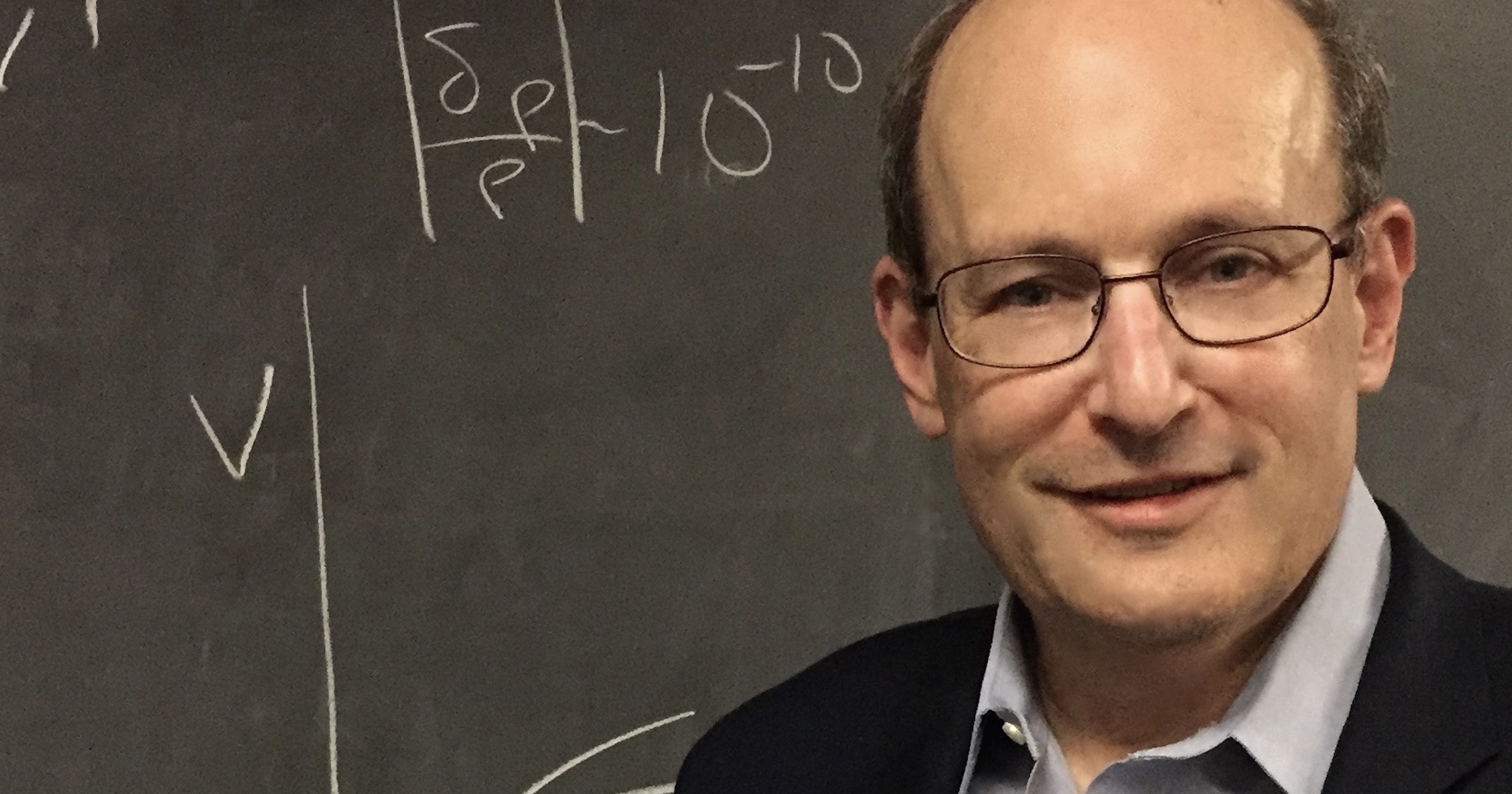 Intelligent Design
Intelligent Design
 Physics, Earth & Space
Physics, Earth & Space
To Avoid a Cosmic Beginning, Physicist Paul Steinhardt Goes to Extraordinary Lengths

On the YouTube channel Closer to Truth, Robert Lawrence Kuhn recently interviewed physicist Paul Steinhardt about his cyclical cosmological model. The model has proven very attractive to atheists since it avoids the philosophical implications of the universe having a beginning. I have written previously about why the model actually does not avoid a beginning and how it requires high levels of fine-tuning to generate a life-permitting universe (here,here). What struck me with renewed force in the recent interview is the model’s layer upon layer of assumptions unsupported by any empirical evidence.
Renouncing Inflationary Cosmology
Steinhardt is one of the most interesting and influential figures in cosmology. He was one of the original architects of inflationary cosmology. He later rejected the theory for reasons he detailed in his Scientific American article “Pop Goes the Universe.” He argued that all the major predictions of the simplest and most tractable versions of inflationary theory have failed. And current versions are so contrived and flexible that they could fit nearly any data, so they have no real explanatory power:
A common misconception is that experiments can be used to falsify a theory. In practice, a failing theory gets increasingly immunized against experiment by attempts to patch it. The theory becomes more highly tuned and arcane to fit new observations until it reaches a state where its explanatory power diminishes to the point that it is no longer pursued … A theory like the multimess does not exclude anything and, hence, has zero power.
The Basic Framework
Steinhardt proposes that his cyclic model of cosmology better explains the structure of our universe and avoids many of the pitfalls of inflationary cosmology. The basic framework for his theory includes the following components:
- Our universe resides in a multidimensional brane that resides in a higher dimensional space containing other parallel branes hosting other universes.
- The branes collide periodically due to an interbrane force drawing them together.
- The collisions result in big bang events in the branes. The universes in the branes then expand due to the energy of the collision causing a contracting universe to bounce into an expanding one. The branes reset to their original separation.
- The collision transfers energy into a scalar field. That energy then transfers from the scalar field into the production of matter and energy uniformly filling the universe.
- The universe expands as in standard Big Bang cosmology with galaxies, stars, and planets forming as the universe cools.
- The expansion of the universe eventually accelerates.
- The expansion phase ends, and the universe begins to slowly contract. The slow contraction smooths out the universe.
- The contraction ends in a bounce, and the universe again expands starting a new cycle.
- The expansion, contraction, and bounce are directed by the energy of the scalar field whose value corresponds to the distance between the branes.
Multitude of Assumptions
The cyclic cosmological model purportedly explains such features of our universe as the near uniformity of the cosmic background radiation and the lack of curvature of space as well as other models, but it can only do so by relying on numerous speculative assumptions. The entire framework is founded on string theory which many physicists are starting to seriously question (here, here). It also assumes the existence of parallel multidimensional branes containing separate universes — a questionable application of string theory, even if true. The collision of the branes must occur in just the right manner to generate universes with just the right amount of inhomogeneity to birth galaxies with stars and planets.
Even if all of these assumptions were true, the level of fine-tuning required in the bounces would still be immense. Cosmologist Andrei Linde stated about an earlier version of the model the following:
By evaluating the initial amplitude of quantum fluctuations on the scale corresponding to the observable part of the universe one finds that the branes must be parallel to each other with an accuracy better than 10−60 on a scale 1030 times greater than the distance between the branes.
In addition, even if branes existed and collided properly, justifying the dynamics of such highly orchestrated expansion, contraction, and bounces requires postulating a very particular scalar field. Its value must depend upon the distance between the branes, and its energy must be described by a very specific mathematical form. And the transfer of energy from the field into the production of common matter and energy requires the proper coupling of the scalar field with the fields underlying the matter and energy.
The irony is that Steinhardt’s criticisms of inflationary cosmology likely apply with equal force to his own theory. No empirical evidence supports any of the theory’s essential components. The numerous ad hoc features of his model are likely flexible enough to explain any observed data with the right choice of fine-tuned parameters and initial conditions. And the only testable predictions of string theory, which forms the bedrock for the entire framework, have failed. Claims that cyclic cosmology offers a compelling explanation for the structure of our universe is considered by most cosmologists dubious at best.
A Simpler Explanation
The most obvious conclusion about our universe is that it was created by a transcendent mind who designed it for the purpose of supporting life. This hypothesis is further supported by the evidence for design we see in our planetary system and throughout life. Denying the conclusion of design has forced scientists to propose the most arcane and contrived theories filled with multiverses, mysterious fields, and other wild speculations. Such efforts by many scientists are perfectly reasonable given their materialist framework. But an honest evaluation of the evidence should at some point inspire them to question their philosophical assumptions.
